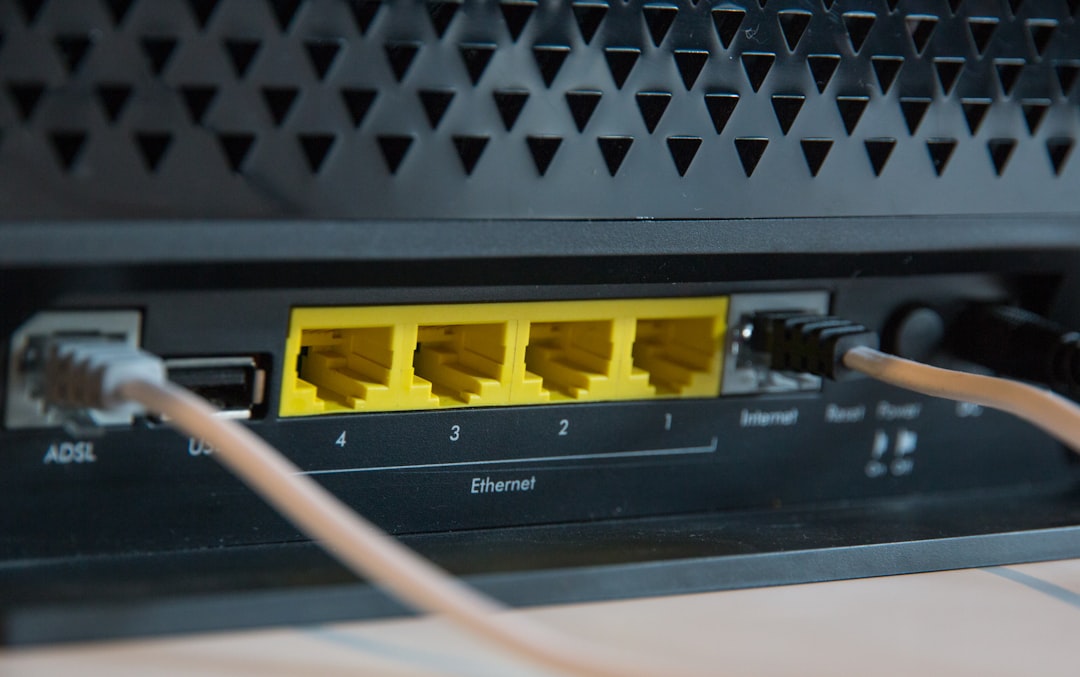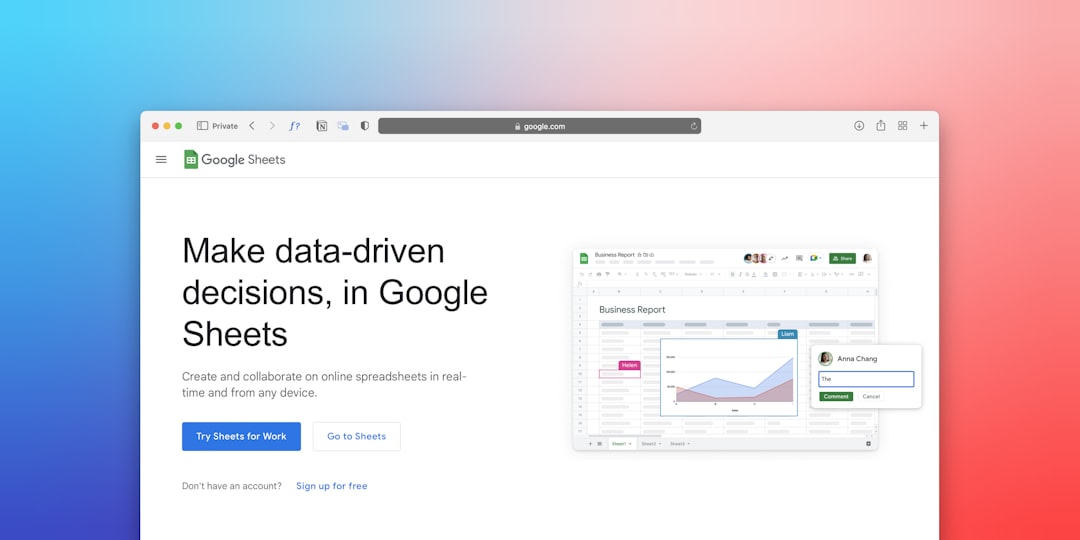In an era where digital access is increasingly vital, understanding the principles that govern internet service providers (ISPs) is crucial. This whitepaper examines Cricket Wireless’ commitment to an open internet, exploring its policies and practices regarding net neutrality, data management, and transparency. As consumers navigate the complexities of wireless services, a clear understanding of these principles allows for informed choices and ensures a fair and equitable online experience.
Cricket Wireless, a prepaid brand operating on AT&T’s network, aims to provide affordable and reliable wireless service. A key part of delivering on this mission is understanding and adhering to open internet principles. This document explains how Cricket Wireless approaches network management, transparency, and consumer protection in the context of an evolving digital landscape.
What is Net Neutrality and Why Does it Matter?
Net neutrality, at its core, is the principle that all internet traffic should be treated equally by ISPs. This means providers should not discriminate against specific content, websites, or applications by blocking, throttling, or prioritizing certain traffic over others. The concept aims to preserve a level playing field online, fostering innovation, free speech, and consumer choice. The now-repealed 2015 FCC Open Internet Order sought to codify these principles into law according to the FCC.
How does net neutrality affect Cricket Wireless customers?
Net neutrality ensures that all Cricket Wireless customers have equal access to online content and services, preventing the company from favoring certain websites or applications over others. This promotes a fair and open internet experience for all users, regardless of their online activities.
Cricket Wireless’ Stance on the Open Internet
While the formal net neutrality regulations have shifted, Cricket Wireless maintains certain commitments to an open internet experience. The company’s approach is shaped by a combination of its own policies and the broader framework established by its parent company, AT&T. These policies address key areas such as data prioritization, transparency, and consumer choice.
What specific commitments does Cricket Wireless make to uphold open internet principles?
Cricket Wireless commits to transparency in its network management practices, informing customers about data prioritization and usage policies. They also aim to provide consumers with choices in their plans and services, ensuring a degree of control over their online experience.
Network Management Practices: Balancing Performance and Fairness
Like all wireless providers, Cricket Wireless employs network management practices to ensure optimal performance for all users. These practices involve techniques to mitigate congestion, prevent security threats, and allocate network resources efficiently. However, the implementation of these practices can sometimes raise concerns about potential discrimination or unfair treatment of certain types of traffic.
What types of network management practices does Cricket Wireless employ?
Cricket Wireless uses various network management techniques, including data prioritization and traffic throttling, to optimize network performance and manage congestion. These practices ensure fair allocation of resources among users, especially during peak usage times.
Data Prioritization and Throttling
One of the most debated aspects of network management is data prioritization, which involves giving preferential treatment to certain types of traffic. This can take the form of zero-rating (exempting specific services from data caps) or prioritizing certain applications over others. Data throttling, conversely, refers to intentionally slowing down data speeds for specific users or types of traffic. These practices have drawn scrutiny from net neutrality advocates, who argue they can distort competition and limit consumer choice. As reported by the FCC, transparency in these policies is key.
Does Cricket Wireless throttle data speeds?
Cricket Wireless may implement data throttling policies for users who exceed their monthly data limits, as outlined in their plan details. This practice helps manage network congestion and ensures fair access to data resources for all customers during peak usage times.
Sponsored Data and its Implications
Sponsored data programs, where companies pay ISPs to exempt their content from data caps, have also generated controversy. Critics argue that such arrangements give larger companies an unfair advantage and undermine net neutrality principles. However, proponents contend that they offer consumers additional value and choice. The potential effects on competition and innovation remain a subject of ongoing debate.
How does sponsored data affect the open internet?
Sponsored data can affect the open internet by giving certain companies or applications a competitive advantage over others that cannot afford to participate. This practice may lead to biased usage patterns and reduce user choice in the long run.
Transparency and Consumer Information: Empowering Informed Choices
Transparency is a cornerstone of open internet principles. ISPs should clearly disclose their network management practices, data usage policies, and any limitations on services. This empowers consumers to make informed choices about their internet plans and providers.
Where can I find information about Cricket Wireless’ data management practices?
Cricket Wireless provides information about its data management practices on its website in the legal section, detailing how data is prioritized and managed. Customers can find details on data throttling and sponsored data programs, ensuring transparency and informed decision-making.
Accessibility Policies
Cricket Wireless is committed to ensuring its services are accessible to everyone, including individuals with disabilities. This commitment extends to both its website and its wireless services. Cricket provides several accessibility options, including TTY compatibility and tools for visual and hearing impairments, more information is available on their accessibility page.
What accessibility policies does Cricket Wireless have in place?
Cricket Wireless offers a range of accessibility features to ensure that individuals with disabilities can fully access their services. These features include TTY compatibility, screen reader support, and options for visual and hearing impairments, promoting inclusivity and equal access.
Cricket’s Privacy Principles
Cricket Wireless adheres to AT&T’s privacy policies, which outline how customer data is collected, used, and protected. These principles emphasize transparency and customer control over personal information. As technology evolves, companies must adapt their privacy practices to address new challenges and consumer expectations.
What are Cricket’s privacy principles?
Cricket Wireless follows AT&T’s privacy principles, which prioritize the protection of customer data. The policies outline how personal information is collected, used, and secured, giving customers control over their data and ensuring transparency.
Security Measures for Wi-Fi Hotspots
Cricket Wireless offers Wi-Fi hotspots at select locations, providing customers with convenient access to the internet while on the go. However, public Wi-Fi networks can pose security risks, making it important for providers and users to take appropriate precautions.
How secure is Cricket’s Wi-Fi?
Cricket Wireless implements security measures to protect users on its Wi-Fi hotspots. While these measures enhance security, users should still exercise caution and use VPNs or secure connections when accessing sensitive information on public Wi-Fi networks.
Compliance with FCC Regulations
Cricket Wireless, as a provider of communication services, is subject to the regulations of the Federal Communications Commission (FCC). These regulations cover a wide range of issues, including network management, consumer protection, and accessibility.
Does Cricket Wireless follow FCC regulations?
Yes, Cricket Wireless complies with FCC regulations, which ensure fair practices, consumer protection, and network accessibility. Compliance includes adhering to rules on network management, transparency, and consumer rights, maintaining a trustworthy service.
Open Internet Rules for Wireless Services
The specific rules governing open internet for wireless services have been subject to legal and regulatory changes. Understanding the current legal landscape is essential for both providers and consumers.
What are the open internet rules for wireless services?
The open internet rules for wireless services are currently shaped by FCC regulations and voluntary commitments from providers. These guidelines promote transparency, prevent blocking or throttling of lawful content, and ensure reasonable network management practices.
An Alternative Perspective: Challenging the Focus on Strict Net Neutrality
While net neutrality is often presented as an unassailable principle, a contrarian viewpoint suggests that overly strict regulations can stifle innovation and investment in broadband infrastructure. Some argue that allowing ISPs to experiment with different pricing models and service offerings could lead to greater efficiency and consumer choice in the long run.
This perspective emphasizes the importance of a dynamic and competitive market, rather than rigid regulatory mandates. It’s important to remember that Cricket Wireless operates on AT&T’s network, and is related to AT&T, discussed in the article Cricket Wireless and AT&T: Understanding the Relationship.
Pro Tip
Examine the trade-offs between strict net neutrality regulations and the potential for innovation and investment in broadband infrastructure. Consider whether a more flexible regulatory approach could better serve consumers in the long run.
The Future of Open Internet: Balancing Innovation and Access
The debate over open internet principles is likely to continue as technology evolves and new challenges emerge. Striking the right balance between protecting consumer rights, fostering innovation, and ensuring network performance will require ongoing dialogue and adaptation. As consumers become more reliant on digital services, the importance of a fair and open internet experience will only continue to grow.
What are the key factors shaping the future of open internet principles?
The future of open internet principles will be shaped by technological advancements, evolving consumer expectations, and regulatory changes. Balancing innovation, network performance, and consumer rights will require adaptive policies and industry collaboration.
Conclusion: Cricket Wireless and the Open Internet
Cricket Wireless commitment to open internet principles is an ongoing process, shaped by both its own policies and the broader regulatory landscape. By understanding the company’s approach to network management, transparency, and consumer information, customers can make informed choices about their wireless services.
As the digital world evolves, continued dialogue and adaptation will be essential to ensure a fair and equitable online experience for all. For further information on related topics, consider reading our guide on Cricket Wireless Network Performance Report. How do you think net neutrality impacts your daily internet usage? Share your thoughts in the comments below.









